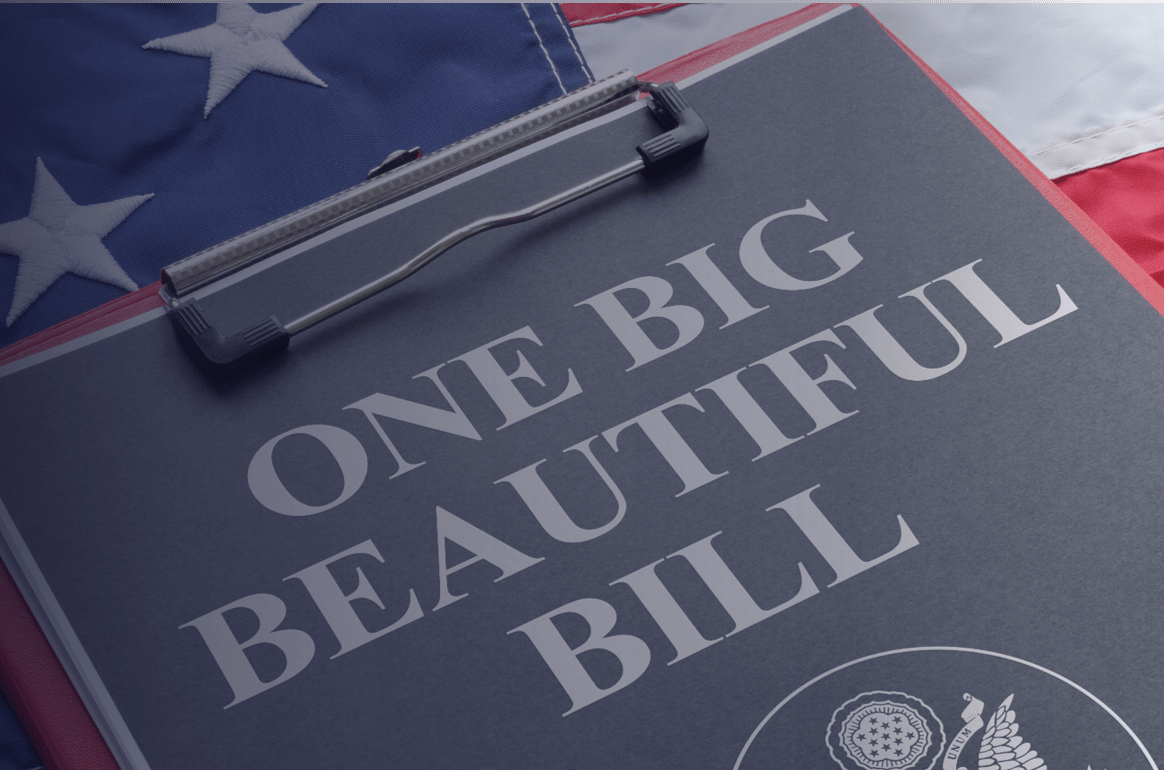Key Tax Provisions in the House’s One Big Beautiful Bill Act
Take outs:
- On July 4, 2025, President Trump signed into law the One Big Beautiful Bill Act (OBBBA)
-
Lower tax rates and higher standard deduction are made permanent, locking in the 2017 tax cuts.
- Child tax credit increases to $2,200, new deductions are created for seniors, tips, and overtime, and the SALT deduction cap rises to $40,000 before reverting later.
- Businesses get 100% bonus depreciation back, higher Section 179 expensing limits, and immediate expensing for domestic R&D.
- FDII and GILTI deductions are reduced, Form 1099 thresholds increase, and several clean energy tax credits are eliminated.
Key Tax Provisions in the House’s One Big Beautiful Bill Act
On July 4, 2025, President Trump signed into law the One Big Beautiful Bill Act (OBBBA), a reconciliation package that includes a broad array of tax provisions affecting individuals, businesses and international taxpayers.
We've highlighted the key provisions and offer preliminary insights into how they may affect your tax planning.

Individual Income Tax Protection
Permanent extension of lower tax rates and brackets
Standard deduction
Child Tax Credit
Estate and gift tax exemption
SALT deduction cap
Charitable deduction for non-itemizers
No tax on tips and overtime
Enhanced deduction for seniors
Car loan interest deduction
Moving expense deduction
Home mortgage interest and insurance premiums
Casualty loss deduction for personal casualties
Other deductions and credits
Business Tax Provisions
QBI deduction
Bonus depreciation
Sec. 179 expensing
R&D expenditures
Excess business loss permanency
Business interest deduction
FDII and GILTI
BEAT
Third-party network transaction reporting threshold
Form 1099 reporting threshold
Renewed Opportunity Zones
Clean energy and IRS credits
How can you prepare?
A phased approach to planning will align with the timing and impact of this legislative development. This approach allows us to support you with timely strategies tailored to each stage of implementation:
- Short-term planning will focus on immediate actions and compliance considerations for tax provisions already in effect or taking effect soon.
- Mid-term planning will address transitional provisions and opportunities that emerge over the next 12–18 months.
- Long-term planning will help position you for sustained success by anticipating future changes and aligning your financial goals with the broader tax policy environment.
Kelly+Partners continue to monitor developments closely and provide updates and guidance as new details become available.
We’re here to help
Our team is available to discuss how these provisions may impact your personal or business tax situation and to help you plan accordingly.
Share this
You May Also Like
These Related Stories

Bookkeeping in Burbank | Can My Business Pay For My Housing?
.png)
Individual Steps to Close Out Your Year and Checking in on Your Financial Health

/Brand/Logos/Kelly%20Partners%20Accountants%20Logo/Kelly-Partners-Accountants-Horizontal-Logo.webp?width=1500&height=212&name=Kelly-Partners-Accountants-Horizontal-Logo.webp)
